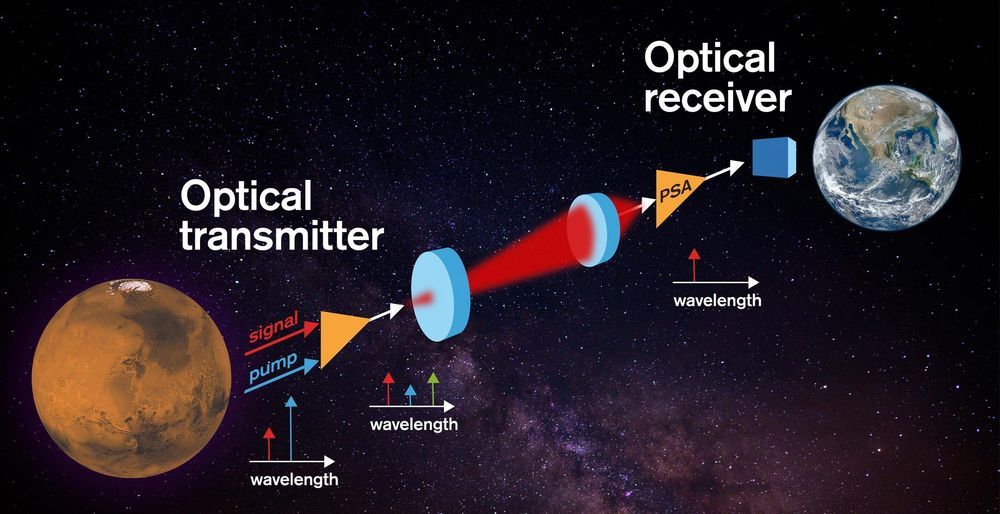This eBike has the longest range ever – 245 miles on one charge.
Learn more 👉🏻 https://bit.ly/35Xl1ox.

This eBike has the longest range ever – 245 miles on one charge.
Learn more 👉🏻 https://bit.ly/35Xl1ox.
SpaceX in the News Episode 115. Today we catch up on all the latest Starship and Super Heavy updates. Go over recent Dragon news. Talk Starlink and other upcoming missions, and finish with today’s Honorable Mention.
SUBSCRIBE: https://www.youtube.com/spacexcentric
BECOME AN XCENTRIC MEMBER: https://www.youtube.com/spacexcentric/join
SUPPORT ON PATREON: https://www.patreon.com/spaceXcentric
JOIN OUR DISCORD: https://discord.gg/UCv4yx4
WEBSITE: https://spacexcentric.com
Subject Zero Patreon
https://www.patreon.com/subjectzerolaboratories
A Milestone for Small Modular Reactors (SMR 2020)
In a time where we need to lower our carbon footprint, all nuclear power problems are outweighed by its benefits, such as; low pollution, high output power, stable base load energy, low operating costs, cheap electricity and reliability.
Nevertheless, the construction of new powerplants is on decline, with only one new plant being activated in the past 20 years in the united states.
High construction cost is one of the main reasons that makes it difficult to compete with other energy options.
This is why we don’t see new nuclear facilities being built and those that are, have significant construction delays. The average time it takes to build a power plant is about 7.5 years, and total costs could reach 10s of billions of dollars.
I will be 49 tomorrow. I always like to find some sort of life extension vid for my birthday. And boy did I hit it. Here comes Bill Faloon to drown you in info. Fruit flies 48% increase at 4:30, George Church at 9:00, C. Elegans 5X increase 15:30, 114 year old blood cells reprogrammed ti pluripotent at 18:40, epigenetics at 22:30, Senile plasma at 24:30, Dr Mike West 4 paragraphs to summarize at 21:00, 44:00 minutes is Vitality in Aging Interventions Trail which anyone can join. Enjoy.
In the modern world, there is currently a loneliness epidemic. However, recently, nations like Japan have made *cough* advances with technologies such as the Gatebox that provide companion AIs. In this video, I will dive deeper into the concept and practicality of such companion AIs.
Discord Link: https://discord.gg/brYJDEr
Patreon link: https://www.patreon.com/TheFuturistTom
Please follow our instagram at: https://www.instagram.com/the_futurist_tom
For business inquires, please contact [email protected]



Communications in space demand the most sensitive receivers possible for maximum reach, while also requiring high bit-rate operations. A novel concept for laser-beam based communications, using an almost noiseless optical preamplifier in the receiver, was recently demonstrated by researchers at Chalmers University of Technology, Sweden.
In a new paper published in the scientific journal Nature: Light Science & Applications, a team of researchers describes a free-space optical transmission system relying on an optical amplifier that, in principle, does not add any excess noise — in contrast to all other preexisting optical amplifiers, referred to as phase-sensitive amplifiers (PSAs).
The researchers’ new concept demonstrates an unprecedented receiver sensitivity of just one photon-per-information bit at a data rate of 10 gigabits per second.

The Pentagon’s Transportation Command and Elon Musk’s SpaceX are teaming up to examine using rockets to ship cargo through space. The plan raises the prospect of sending urgently needed supplies to U.S. troops anywhere on Earth, within minutes. While the idea is technically feasible, there are several factors, including cost and preparation time, that could make it unworkable.
DIVE DEEPER ➡ Read best-in-class military features and get unlimited access to Pop Mech, starting now.

Did you know Perseverance has a twin on Earth, OPTIMISM, that helps engineers test hardware and software before commands get sent to the rover?
Join NASA’s Jet Propulsion Laboratory (JPL) for an Instagram live on Oct. 7 in the 9am PT hour (~noon ET, ~1600 UTC): http://instagram.com/nasajpl
Learn more about OPTIMISM: mars.nasa.gov/news/8749/nasa-readies-perseverance-mars-rovers-earthly-twin/
#CountdownToMars
Credit: NASA/JPL-Caltech